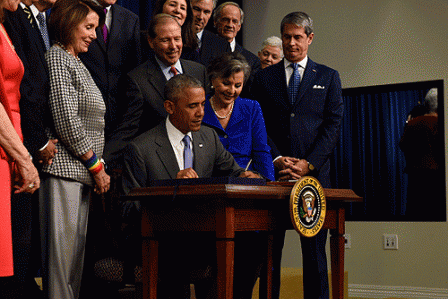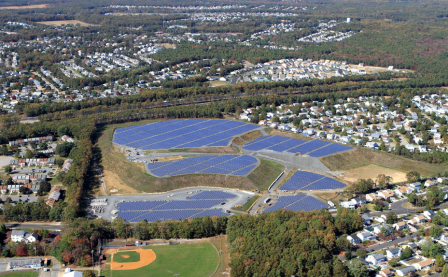EPA Highlights for the Week of September 5, 2016

- EPA Finalizes Rule to Reduce Smog-Forming Pollution Across State Lines
- Moving Swiftly to Carry Out New Chemical Reform Legislation
- EPA Adds Sites to National Priorities List to Reduce Risk to Public Health
- E-Cycle Your Old Electronics This School Year
EPA Finalizes Rule to Reduce Smog-Forming Pollution Across State Lines
 Exposure to ozone can harm the respiratory system and aggravate asthma and other lung diseases.EPA recently announced final updates to the Cross-State Air Pollution Rule (CSAPR). This action will help protect communities in the eastern U.S. from smog-forming pollution that crosses state lines and will help states meet the 2008 air quality standards for smog, or ozone.
Exposure to ozone can harm the respiratory system and aggravate asthma and other lung diseases.EPA recently announced final updates to the Cross-State Air Pollution Rule (CSAPR). This action will help protect communities in the eastern U.S. from smog-forming pollution that crosses state lines and will help states meet the 2008 air quality standards for smog, or ozone.
Following the Clean Air Act’s “good neighbor” mandate to limit interstate air pollution, the rule will help states that are struggling to protect air quality from pollution emitted outside their borders, and it uses an approach that can be applied in the future to help areas continue to meet and maintain air quality health standards. The final CSAPR Update also provides improvements to visibility in national and state parks, and increases protection for sensitive ecosystems including Adirondack lakes and Appalachian streams, coastal waters and estuaries, and forests.
Learn more about the CSAPR update rule.
Moving Swiftly to Carry Out New Chemical Reform Legislation
 The new amendments to TSCA will help bring significant improvements to public health.EPA is taking action to ensure that the recently signed Frank R. Lautenberg Chemical Safety for the 21st Century Act delivers on the promise of better protecting the environment and public health. This bipartisan bill to reform the Toxic Substances Control Act (TSCA) outlines a number of responsibilities for EPA that must be completed within a tight timeframe.
The new amendments to TSCA will help bring significant improvements to public health.EPA is taking action to ensure that the recently signed Frank R. Lautenberg Chemical Safety for the 21st Century Act delivers on the promise of better protecting the environment and public health. This bipartisan bill to reform the Toxic Substances Control Act (TSCA) outlines a number of responsibilities for EPA that must be completed within a tight timeframe.
EPA Adds Sites to National Priorities List to Reduce Risk to Public Health
 Superfund cleanups have made a visible difference in communities.EPA added ten and proposed to add eight hazardous waste sites to the Superfund Program’s National Priorities List (NPL). These sites have contamination from a variety of sources, including manufacturing, mining, battery recycling and dry cleaning which can threaten the health of entire communities.
Superfund cleanups have made a visible difference in communities.EPA added ten and proposed to add eight hazardous waste sites to the Superfund Program’s National Priorities List (NPL). These sites have contamination from a variety of sources, including manufacturing, mining, battery recycling and dry cleaning which can threaten the health of entire communities.
Some groups of people, such as children, pregnant women and the elderly, may be at particular risk. EPA typically initiates Superfund involvement at a site because states, tribes or citizens ask for the agency’s help. Learn more about how Superfund cleanups have made a visible difference in communities.
E-Cycle Your Old Electronics This School Year
 Recycling one million laptops saves the energy equivalent to the electricity used by more than 3,500 U.S. homes in a year.Electronic products are made from valuable resources and materials, including metals, plastics, and glass, all of which require energy to mine and manufacture. Donating or recycling your used electronics conserves our natural resources and avoids air and water pollution, as well as greenhouse gas emissions that are caused by manufacturing virgin materials.
Recycling one million laptops saves the energy equivalent to the electricity used by more than 3,500 U.S. homes in a year.Electronic products are made from valuable resources and materials, including metals, plastics, and glass, all of which require energy to mine and manufacture. Donating or recycling your used electronics conserves our natural resources and avoids air and water pollution, as well as greenhouse gas emissions that are caused by manufacturing virgin materials.
It is important to make sure you are donating and/or recycling electronics safely and correctly. Manufacturers and retailers offer several options to donate or recycle electronics. If you're replacing your laptop, tablet, or other electronics this school year, make sure to responsibly recycle or donate your old equipment. Find out where to donate or recycle your used electronics.
